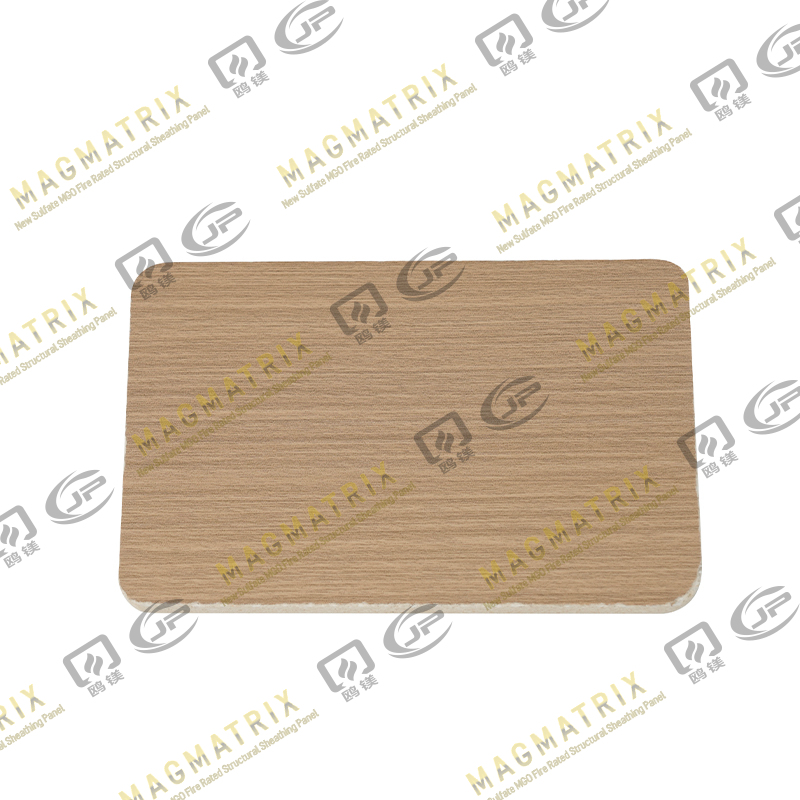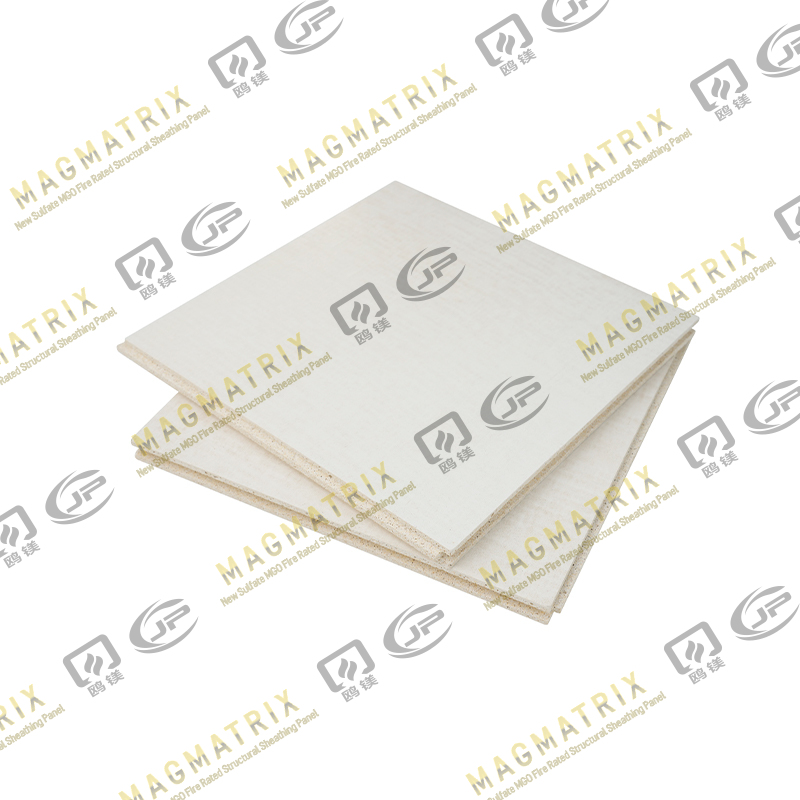Magnesium Oxide (MgO) sheathing boards are becoming increasingly popular in construction due to their exceptional fire-resistant properties. This article explores why MgO boards outperform traditional building materials in fire resistance, their testing standards, practical applications, and how they compare to alternatives like gypsum and cement boards.
Key Takeaways
Superior Fire Resistance: MgO boards are non-combustible and can withstand temperatures up to 1200°C (2192°F).
Building Code Compliance: Meets international fire safety standards including ASTM, EN, and BS.
Versatile Applications: Suitable for both interior and exterior use in residential and commercial buildings.
Health and Safety: Free from asbestos and formaldehyde, making them safer than many alternatives.
Durability: Resistant to mold, moisture, and pests in addition to fire.
| Quick Comparison of Fire Resistance Properties |
| Material |
Combustibility |
Max Temperature Resistance |
Fire Rating |
| MgO Board |
Non-combustible |
1200°C (2192°F) |
Class A (ASTM E84) |
| Gypsum Board |
Non-combustible core |
600°C (1112°F) |
Class A |
| Cement Board |
Non-combustible |
1000°C (1832°F) |
Class A |
| Plywood |
Combustible |
200°C (392°F) |
Class C |
Fire Resistance of Magnesium Oxide Sheathing Board
Magnesium Oxide boards offer exceptional fire resistance due to their unique chemical composition and physical properties. Unlike traditional wood-based sheathing materials, MgO boards won't contribute to fire spread and can actually help contain fires.
Noncombustibility and Material Properties
The fire resistance of MgO boards begins with their fundamental material properties:
- Inorganic Composition: Made primarily from magnesium oxide (MgO) and magnesium chloride (MgCl₂), with reinforcing fibers
- No Organic Content: Contains no wood pulp or other combustible materials
- High Thermal Stability: Maintains structural integrity at extremely high temperatures
- Low Thermal Conductivity: Slows heat transfer through walls and ceilings
High Temperature Performance
MgO boards demonstrate remarkable performance under extreme heat conditions:
| Temperature |
Material Behavior |
| Up to 400°C (752°F) |
No visible changes, maintains full strength |
| 400-800°C (752-1472°F) |
Begins dehydration process but maintains structure |
| 800-1200°C (1472-2192°F) |
Further dehydration but remains non-combustible |
| Above 1200°C (2192°F) |
May begin to break down but won't fuel flames |
Fire-Resistant MgO Boards: Testing and Standards
To ensure reliability in fire protection, MgO boards undergo rigorous testing to meet international standards. These tests verify their performance in real-world fire scenarios.
Key Fire Tests and Ratings
MgO boards typically achieve top ratings in these critical fire tests:
| Test Standard |
What It Measures |
Typical MgO Board Performance |
| ASTM E84 (UL 723) |
Surface burning characteristics (Flame Spread & Smoke Development) |
Class A (0-25 flame spread, 0-450 smoke) |
| ASTM E119 |
Fire endurance of building assemblies |
1-2 hour fire ratings common |
| EN 13501-1 |
European fire classification system |
Class A1 (Non-combustible) |
| BS 476 Parts 6 & 7 |
British fire propagation and surface spread tests |
Class 0 (Highest rating) |
Certification and Compliance
Quality MgO boards should carry certifications from recognized testing laboratories:
- UL Certification: Underwriters Laboratories listings for specific assemblies
- ICC-ES Reports: Evaluation Service reports for code compliance
- CE Marking: Indicates compliance with European standards
- Local Building Code Approvals: Varies by country/region
Comparing MgO Boards to Other Materials
Understanding how MgO compares to traditional materials helps in making informed decisions for fire-resistant construction.
MgO vs. Gypsum and Cement Board
| Feature |
MgO Board |
Gypsum Board |
Cement Board |
| Fire Resistance |
Excellent (1200°C) |
Good (600°C) |
Very Good (1000°C) |
| Weight |
Medium |
Light |
Heavy |
| Water Resistance |
Excellent |
Poor (unless Type X) |
Excellent |
| Installation Ease |
Easy (similar to drywall) |
Very Easy |
Difficult (special tools) |
MgO vs. Plywood and OSB
| Feature |
MgO Board |
Plywood |
OSB |
| Combustibility |
Non-combustible |
Highly combustible |
Highly combustible |
| Fire Rating |
Class A |
Class C |
Class C |
| Moisture Resistance |
Excellent |
Good (varies by type) |
Fair |
| Structural Strength |
Low (needs framing) |
High |
High |
Practical Benefits and Limitations
Fire Safety in Buildings
MgO boards contribute to passive fire protection systems by:
- Creating fire-resistant barriers between building compartments
- Protecting structural elements from premature failure
- Reducing smoke production during fires
- Minimizing toxic gas emissions
Installation and Maintenance
Installation Tips:
- Can be cut with standard drywall tools (utility knives, saws)
- Use corrosion-resistant fasteners (galvanized or stainless steel)
- Follow manufacturer's spacing guidelines for expansion
- Seal edges and joints properly
Maintenance: Virtually maintenance-free; doesn't require special treatments
Compliance and Drawbacks
Potential Limitations:
- Higher initial cost than gypsum or wood products
- Requires proper installation to prevent moisture issues (in some climates)
- Not all products are equal - quality varies by manufacturer
- May need additional structural support compared to plywood
Noncombustibility in Building Applications
Role in Fire-Resistant Construction
MgO boards serve critical functions in fire-safe building design:
- Exterior Wall Assemblies: As sheathing behind cladding systems
- Interior Partitions: Creating fire-rated walls between units
- Shaft Enclosures: Around elevators and stairwells
- Ceiling Systems: For fire-rated floor/ceiling assemblies
FAQ
What makes magnesium oxide sheathing board fire resistant?
MgO boards are inherently fire resistant because they:
- Contain no combustible organic materials
- Have high thermal stability (won't break down until extreme temperatures)
- Release bound water when heated, which helps cool surfaces
- Don't produce significant smoke or toxic gases
Can MgO boards be used outside?
Yes, quality MgO boards are suitable for exterior applications when:
- Properly sealed at edges and penetrations
- Installed with appropriate weather barriers
- Using exterior-grade products (some formulations are for interior only)
Do MgO boards need special tools for installation?
No, they can typically be installed with standard drywall tools:
| Tool |
Use |
| Utility knife |
Scoring and cutting |
| Drywall saw |
Cutting openings |
| Screw gun |
Fastening to framing |
| T-square |
Making straight cuts |
Are MgO boards safe for indoor air quality?
High-quality MgO boards are generally safe because they:
- Contain no asbestos or formaldehyde
- Don't off-gas VOCs under normal conditions
- Are mold-resistant (won't support microbial growth)
- Look for products with GREENGUARD certification for verified low emissions
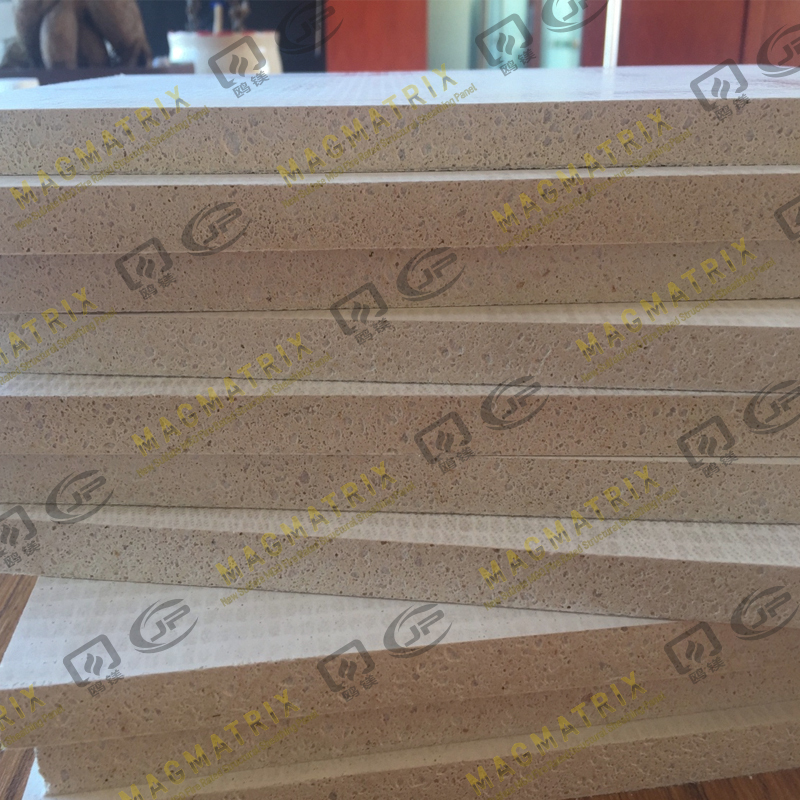 BMSC 517 New Sulfate MgO Board
BMSC 517 New Sulfate MgO Board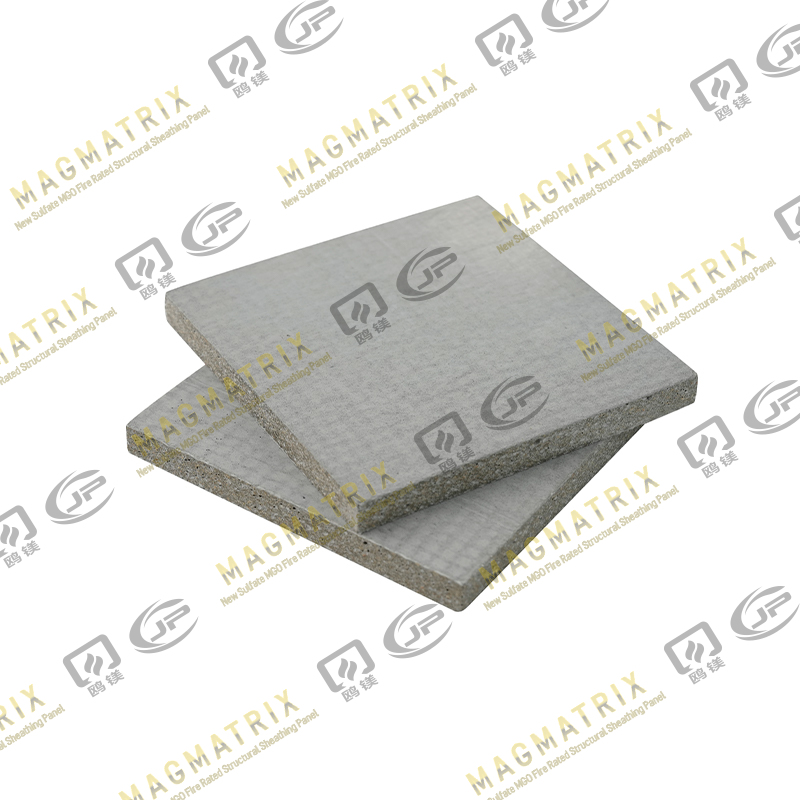 Multi-Support MgO Wall Sheathing Board
Multi-Support MgO Wall Sheathing Board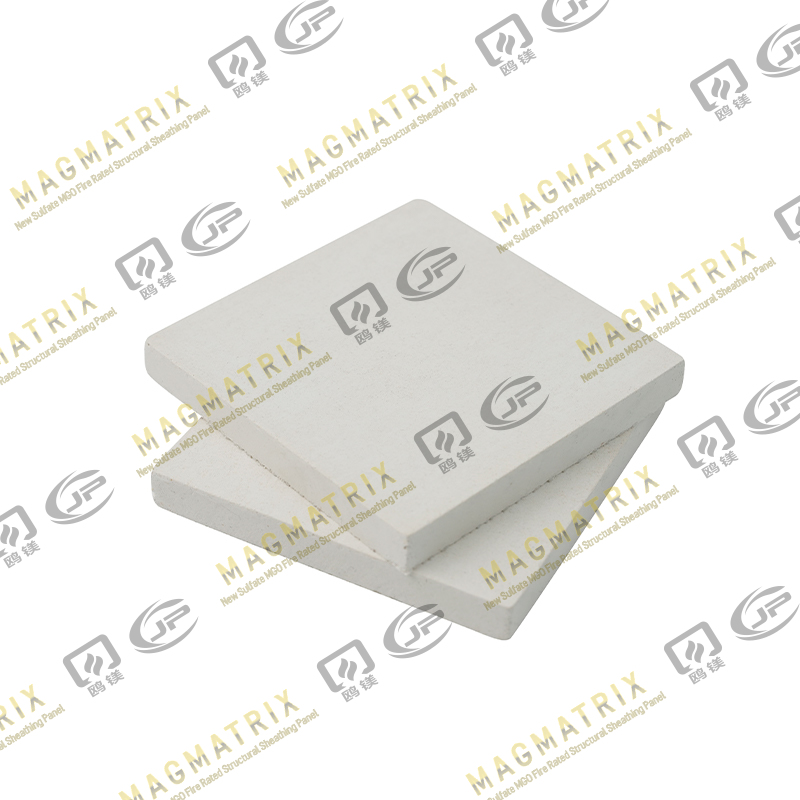 Perseverance MgO Wall Sheathing Board
Perseverance MgO Wall Sheathing Board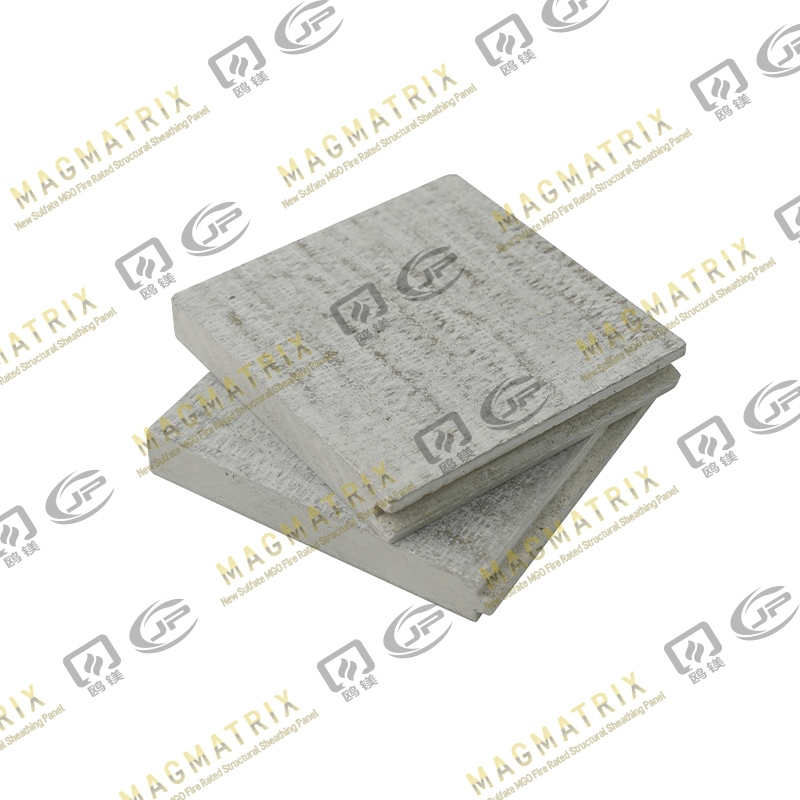 Multi-Support MgO Subfloor Sheathing Board
Multi-Support MgO Subfloor Sheathing Board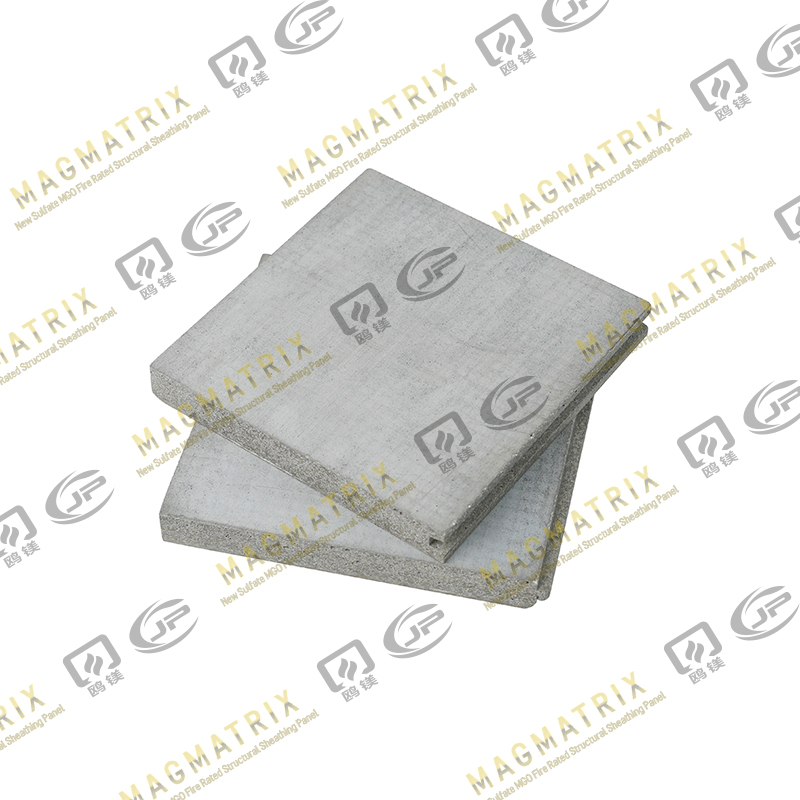 Perseverance MgO Subfloor Sheathing Board
Perseverance MgO Subfloor Sheathing Board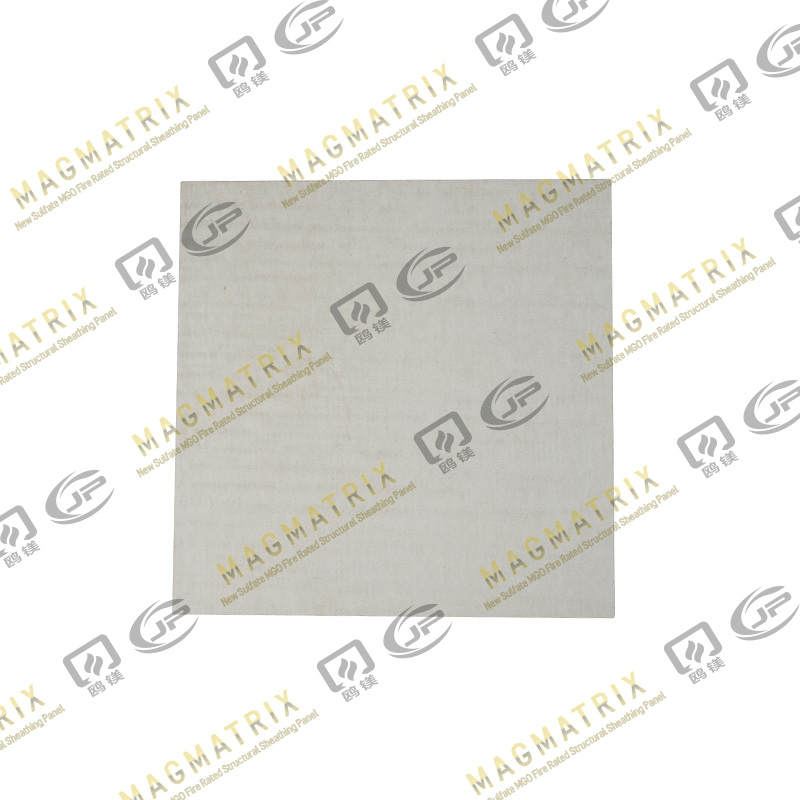 MagMatrix MgO Underlayment Panel/board
MagMatrix MgO Underlayment Panel/board


 English
English русский
русский Español
Español
